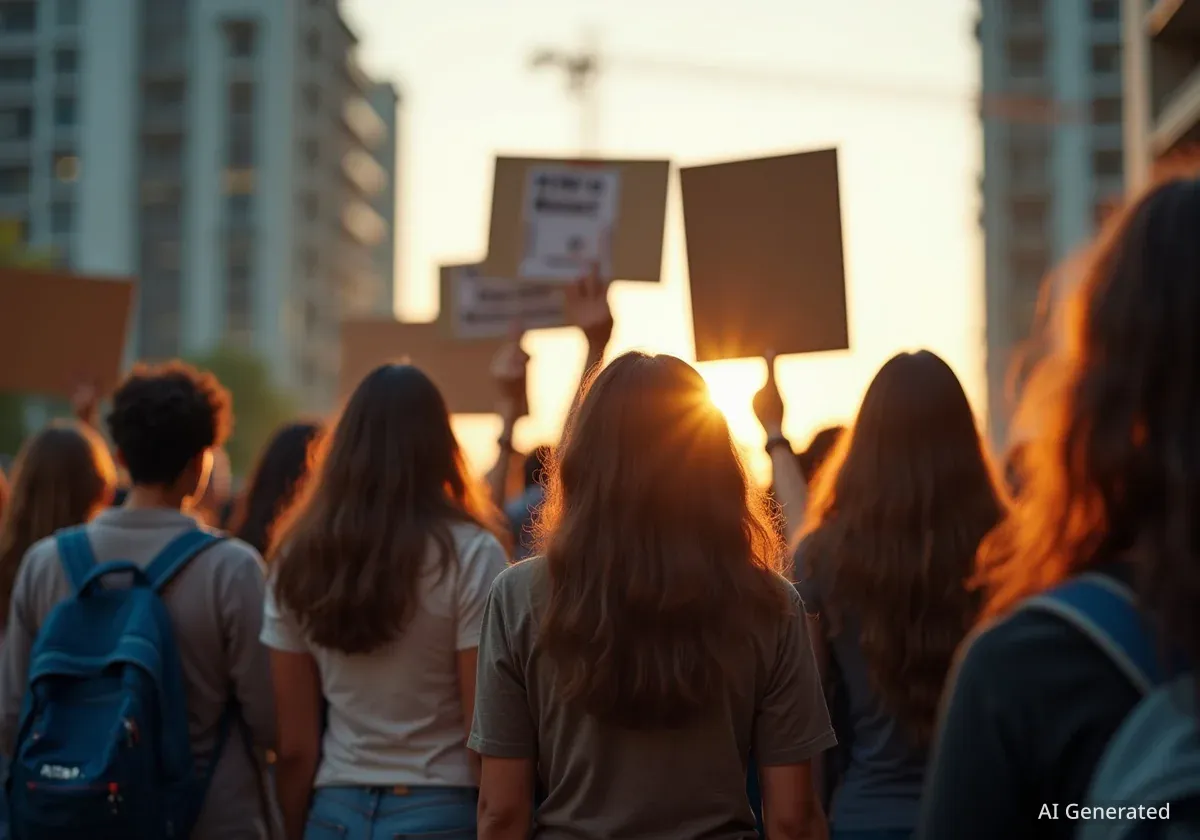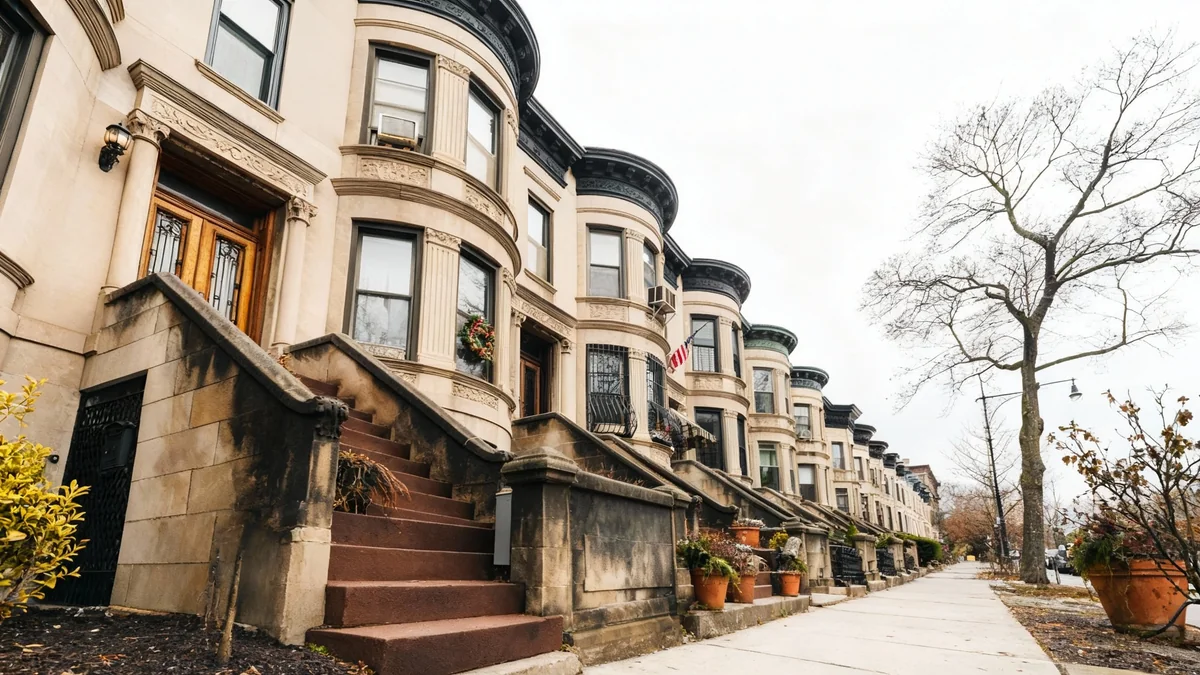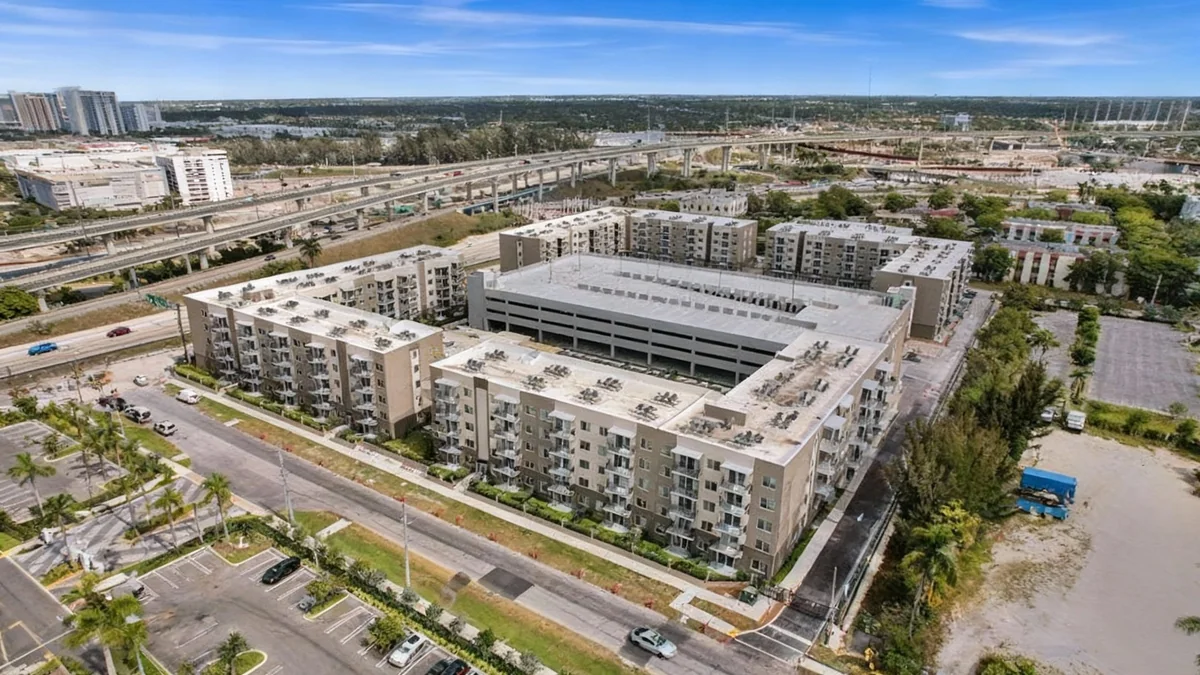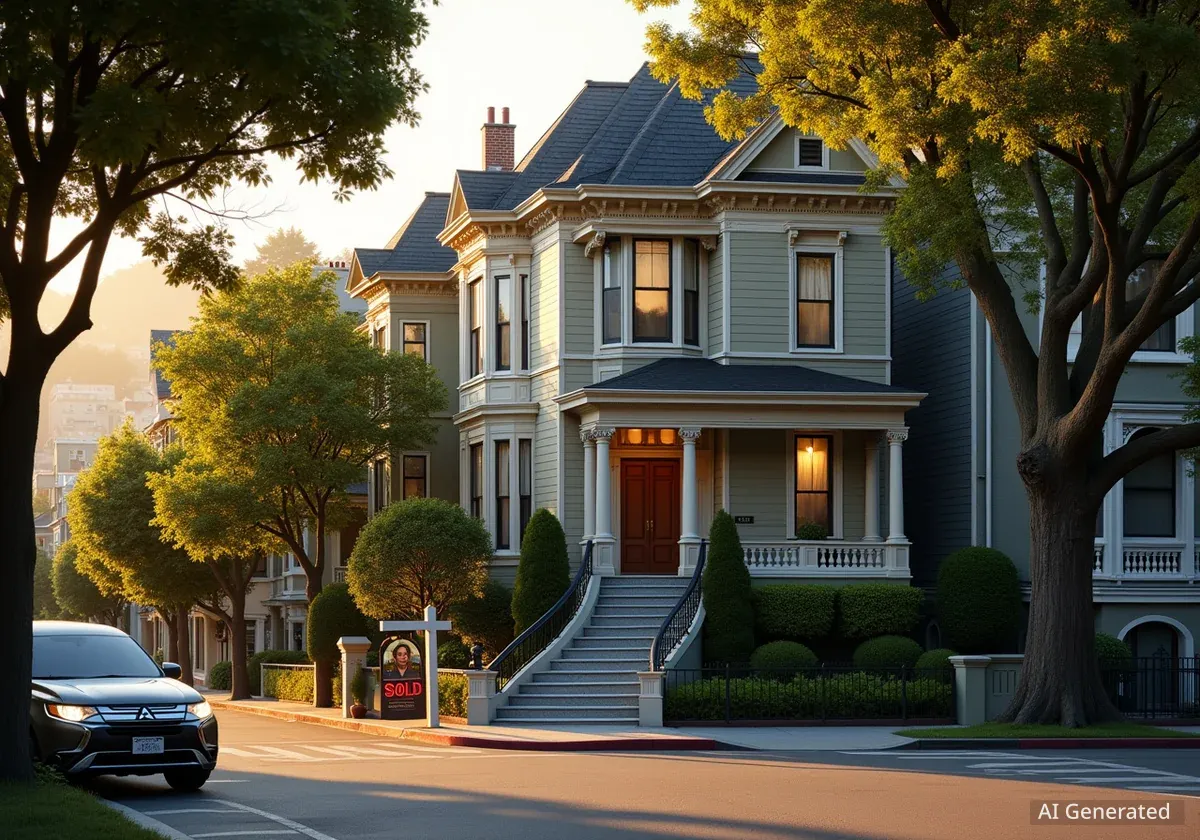A proposed 230-block rezoning plan for Jamaica, Queens, is moving forward under the Uniform Land Use Review Process (ULURP). The plan, named "The Jamaica Neighborhood Plan" by the Department of City Planning (DCP), aims to increase building density. However, it faces significant criticism from community members and local leaders who argue it will accelerate gentrification and fail to provide adequate affordable housing for current residents. The City Council is expected to vote on the proposal soon, with a deadline of October 14.
Key Takeaways
- The Jamaica rezoning plan covers 230 blocks in Queens.
- It seeks to increase building density, potentially leading to more market-rate housing.
- Critics argue the plan will displace current Black and brown residents.
- Community outreach efforts by the city have been described as inadequate.
- Only a small percentage of new affordable units would be reserved for Jamaica residents.
City Planning Pushes Forward with Rezoning
The Department of City Planning, led by Mayor Eric Adams' appointee Dan Garodnick, is nearing the final stages of a major rezoning proposal in Jamaica, Queens. This plan is currently under the city's Uniform Land Use Review Process. City Council members are now deciding whether to approve the changes, which critics describe as a benefit primarily for real estate developers.
The City Council's Land Use Committee must first clear the proposal. A vote by the full council is anticipated before the October 14 deadline, though no public announcement has been made regarding the exact date.
Rezoning Facts
- Area Covered: 230 blocks in Jamaica, Queens.
- Total Projected Units: Approximately 12,319 apartments.
- Estimated Affordable Units: Between 2,500 and 3,744.
- Community Preference Units: 600 to 800 units (15-20% of affordable units).
Concerns Over Affordable Housing and Displacement
Opponents argue the proposed land use changes will worsen gentrification in Jamaica. They state it will not provide enough affordable housing for the neighborhood's existing Black and brown residents. Many of these residents already struggle with rising rents. The rezoning specifically increases the maximum density for new buildings. This could lead to higher economic returns for property owners, often through increased rent.
City officials market the plan as "The Jamaica Neighborhood Plan." They describe it as a "comprehensive vision crafted in collaboration with the vibrant community of Jamaica, Queens." The project booklet claims "thousands of community members shaped the planning process." However, residents dispute this portrayal.
"Despite community pleas for affordable homeownership opportunities, the proposal guarantees effectively none for Jamaica residents. Other desired community benefits (e.g., sewer upgrades and funding for local non-profits) remain entirely hypothetical."
Inadequate Community Engagement
Lisa Edwards, a 25-year resident and co-op owner in Downtown Jamaica, criticized the city's outreach efforts. She stated that most residents are unaware of the major rezoning and its potential impact. "There should have been mailings, leafleting, and tabling throughout the targeted area, at every major transportation hub, every apartment building, and other direct outreach efforts to homeowners, renters and public housing residents," Edwards said. She also suggested outreach should have been in multiple languages, including Spanish and Bengali.
Nafisa Mahmud, another 25-year resident, attended some DCP events. She described being "shut down" when she raised concerns about displacement. "I was asked why I didn’t come sooner, with the expectation that I should have known these things were happening," Mahmud explained. "But how would I have known, as just a random person in the neighborhood? We weren’t in the room when these decisions were being made. They talk about community engagement, yet when the community shows up and voices concerns, we’re shut down."
Mandatory Inclusionary Housing (MIH)
Mandatory Inclusionary Housing (MIH) is a New York City policy requiring a portion of new residential units in rezoned areas to be permanently affordable. City officials imply MIH will prevent residential displacement in Jamaica. However, critics argue the income thresholds for "affordability" are often too high for existing residents.
A 2024 settlement also reduced community preference for new affordable units. This means Jamaica residents would only have preferential access to a small fraction of the total affordable apartments built under the plan.
Projected Affordable Units and Displacement Risk
Government officials supporting the rezoning, including Dan Garodnick and Queens Borough President Donovan Richards, state the plan will create 4,000 income-restricted units. However, the project's draft environmental impact statement provides lower figures, projecting "approximately 2,500-3,744" affordable units out of a total of 12,319 new apartments.
This range reflects different MIH options the City Council could choose. Critics argue none of these options would prevent the displacement of many Jamaica residents. Many residents earn significantly less than the area median income used to define "affordability" for MIH units. Luxury development, often accompanying upzoning, has historically increased rents in working-class neighborhoods and communities of color, such as Williamsburg/Greenpoint and Manhattan's Chinatown.
Urban Planner Tom Agnotti previously described MIH as a "Trojan Horse to convince communities to accept rezoning schemes that will result in substantial new market-rate housing and significant displacement." Due to a 2024 settlement, Jamaica residents would only have preferential access to 600 to 800 apartments. This represents 15 to 20 percent of all affordable units, even under the most optimistic estimates from Garodnick and Richards.
Infrastructure Strain and Developer Influence
The Department of Housing Preservation and Development (HPD) plans to build 34 affordable homeownership apartments and 83 affordable rental units on city-owned land as part of the plan. Under the 2024 settlement, only five to seven affordable homes and 12 to 16 affordable rentals would be set aside for Jamaica residents.
The draft environmental impact statement also indicates the rezoning will worsen school overcrowding and reduce open space per capita in the community. When residents voiced concerns about infrastructure and public services, officials suggested private developers would provide solutions through incentives for building schools and privately-owned public spaces.
During a June 5 hearing, a DCP representative confirmed that no city-owned sites in the area could accommodate new schools. This was despite District 28 Superintendent Eric Blake stating local schools were already "bursting at the seams."
Community Board Rejects Plan
Queens Community Board 12 (CB12), which covers most of the project area, voted overwhelmingly on May 21 to pause the rezoning process. Rev. Carlene O. Thorbs, CB12's chairperson, stated at a July 2 City Planning Commission hearing that they wanted the plan "to cease and desist and to stop."
DCP has designed the rezoning to encourage transit-oriented real estate development rather than address the needs of existing residents. In February 2024, a DCP official told community members at York College that Downtown Jamaica could eventually resemble Downtown Brooklyn and Long Island City.
Real estate developers support the upzoning, anticipating increased property values. Eric Deutsch, a principal at DL Development, testified in favor of the plan at a September 9 City Council hearing. He highlighted Jamaica's transit connections, stating it is "one of the most transit-rich neighborhoods in the country, making it ideal for transit-oriented development." Deutsch emphasized its unique position with "a one seat 20-minute ride to JFK, Grand Central, Penn Station, and Atlantic Terminal."
Lobbying Efforts and Political Influence
State records from 2021 show Eric Deutsch is part of Southside JQ Member LLC, a group of developers that purchased a Downtown Jamaica property for $10 million in 2020. This group has paid the lobbying firm Patrick B. Jenkins and Associates $251,750 since early 2023. These payments were for regular meetings with city officials about the Jamaica rezoning and its impact on their property.
Lobbying filings indicate Jenkins and Associates engaged with various officials, including Dan Garodnick, DCP staff, Borough President Richards, Mayor Adams’ Deputy Chief of Staff Menashe Shapiro, City Council Speaker Adrienne Adams, and City Councilmember Dr. Nantasha Williams. Councilmember Williams' support is crucial due to the City Council's custom of member deference, as her district includes most of Downtown Jamaica.
Patrick Jenkins and Associates also have ties to Councilmember Kevin Riley, who chairs the City Council’s Subcommittee on Zoning and Franchises. Riley’s political committee paid the firm $9,000 for fundraising services for his 2023 campaign. Deutsch testified before Riley's subcommittee.
Contingent Community Benefits
During public ULURP hearings, some community support for the rezoning came from churches. These churches aim to build affordable housing on their properties in partnership with developers. Non-profit organizations in Jamaica also support the plan, often citing funding needs. They hope to receive money through a community benefits commitment that Councilmember Williams is negotiating with the mayor’s office in exchange for her support.
In a September 10 op-ed, Councilmember Williams expressed dissatisfaction with ongoing negotiations. She seeks "long-overdue sewer and stormwater infrastructure upgrades, groundwater flooding relief, open space and transit improvements, school capacity, support for cultural institutions, pathways to homeownership and protection for local businesses and faith-based organizations." Williams stated her support for the rezoning depends on these investments.
Williams also wants to establish a Downtown Jamaica Oversight Task Force, modeled after the Gowanus Oversight Task Force. This volunteer body would monitor, but not compel, pledged investments. Critics argue that trading uncertain community benefits for large-scale displacement is a poor deal for Jamaica residents. They believe the plan primarily benefits developers and does little to address the city’s affordable housing crisis, with costs borne by displaced residents.
City Planning's Response
A spokesperson for the Department of City Planning noted that residential development is currently allowed in Jamaica without affordable housing requirements. The rezoning would change this by requiring affordable units under Mandatory Inclusionary Housing (MIH).
DCP Spokesman Joe Marvilli stated, "New York City is in a severe housing crisis, with a citywide vacancy rate of 1.41 percent and a vacancy rate for Queens of .88% percent. The status quo isn’t working, and we need to create more homes of all types at every income level. This plan would help address current and future demand for housing in this important jobs and transit hub." Marvilli also added, "We’ve held dozens of in-depth meetings with the community to shape this important plan and look forward to continuing to work with the City Council to get it over the finish line and bring forth a more equitable, vibrant Jamaica."
Patrick Jenkins, of Patrick B. Jenkins and Associates, commented, "As a lifelong resident of Jamaica, I am proud to be a part of the continued evolution and improvement of my community. I have seen a lot—the looting and the destruction in the 70’s, the ravages of crack in the 1980’s, the renewed hope and investment in ‘90’s in Downtown Jamaica and the creation of Jamaica Station and the Airtrain. We have come a long way, and the future of Jamaica is promising."





